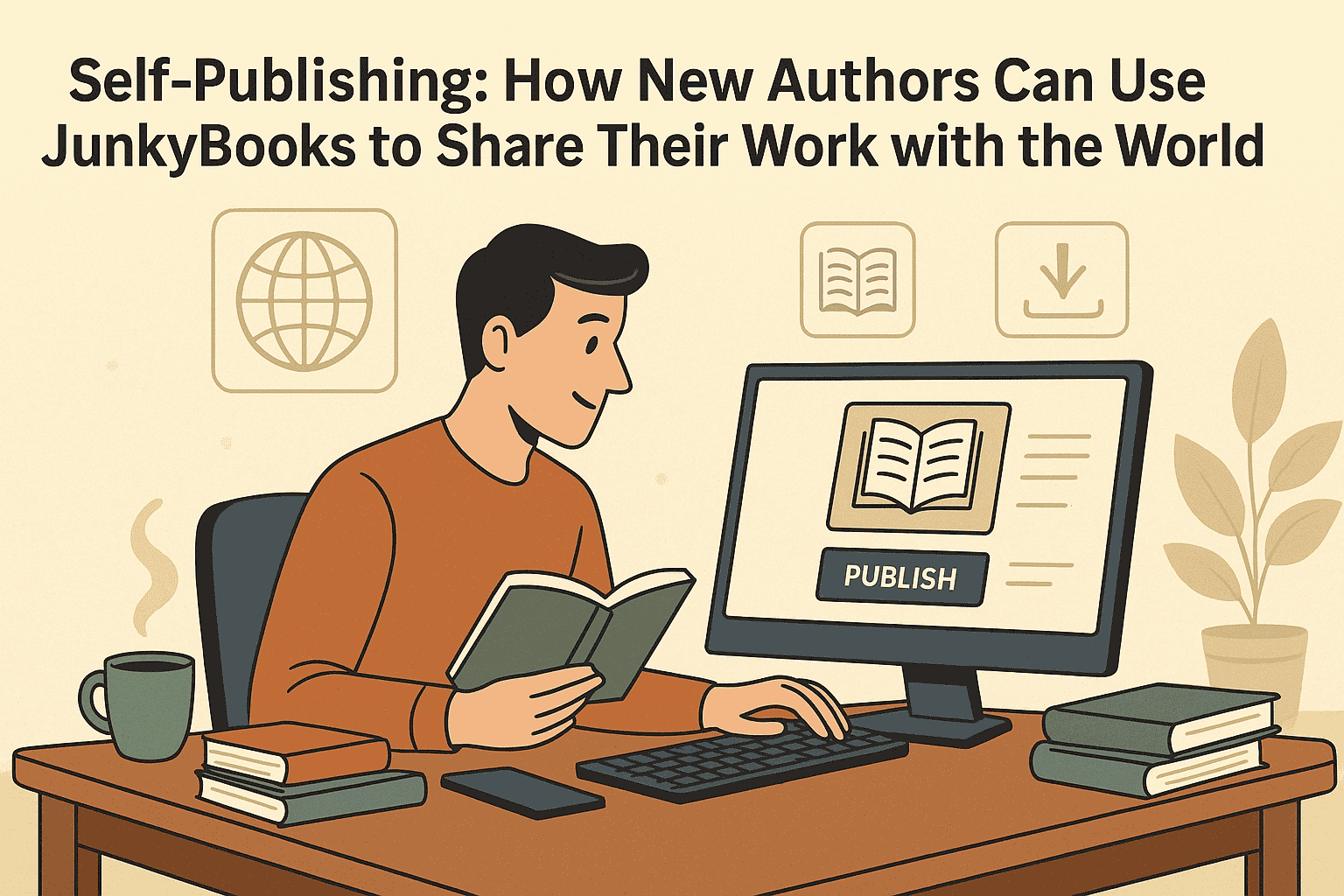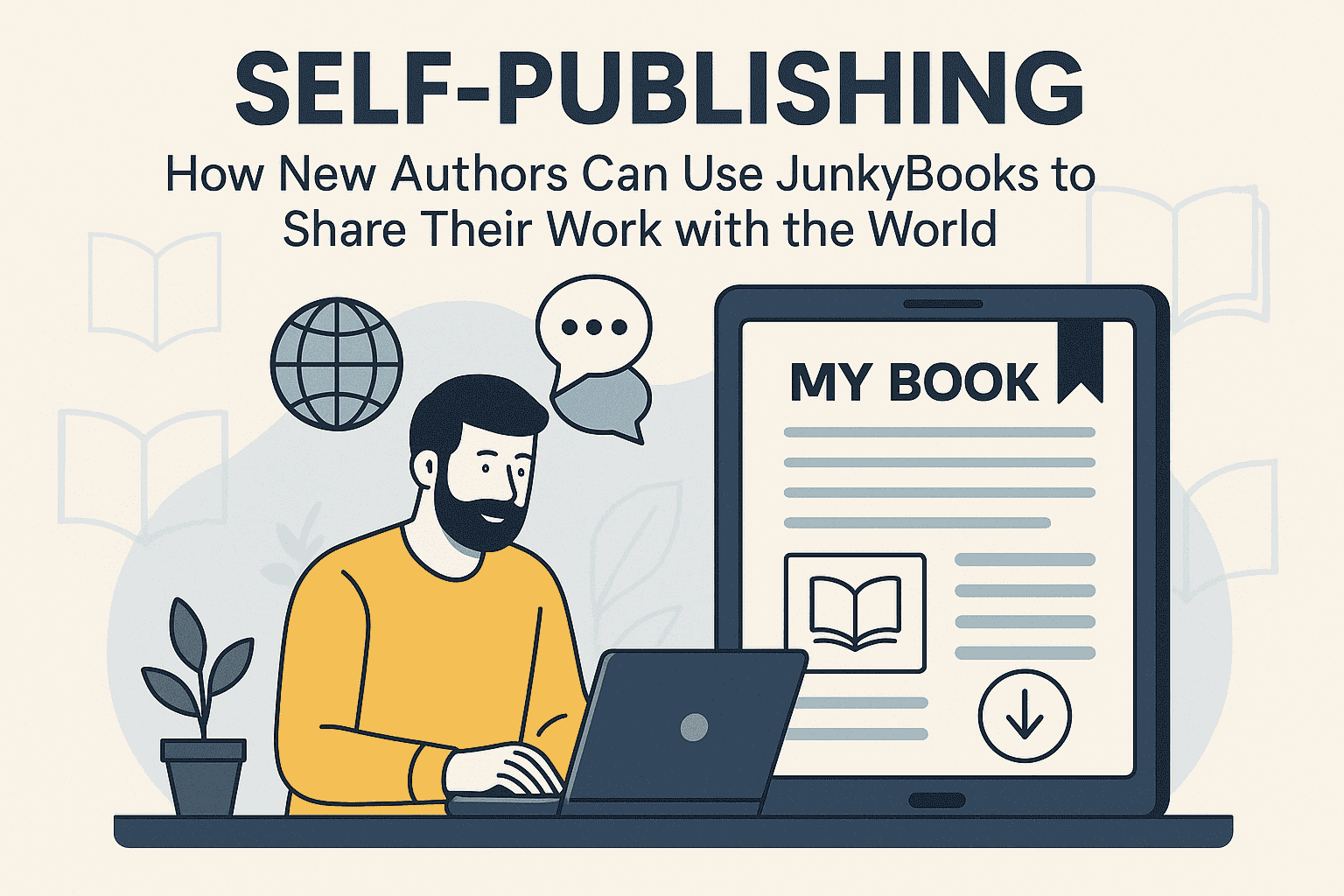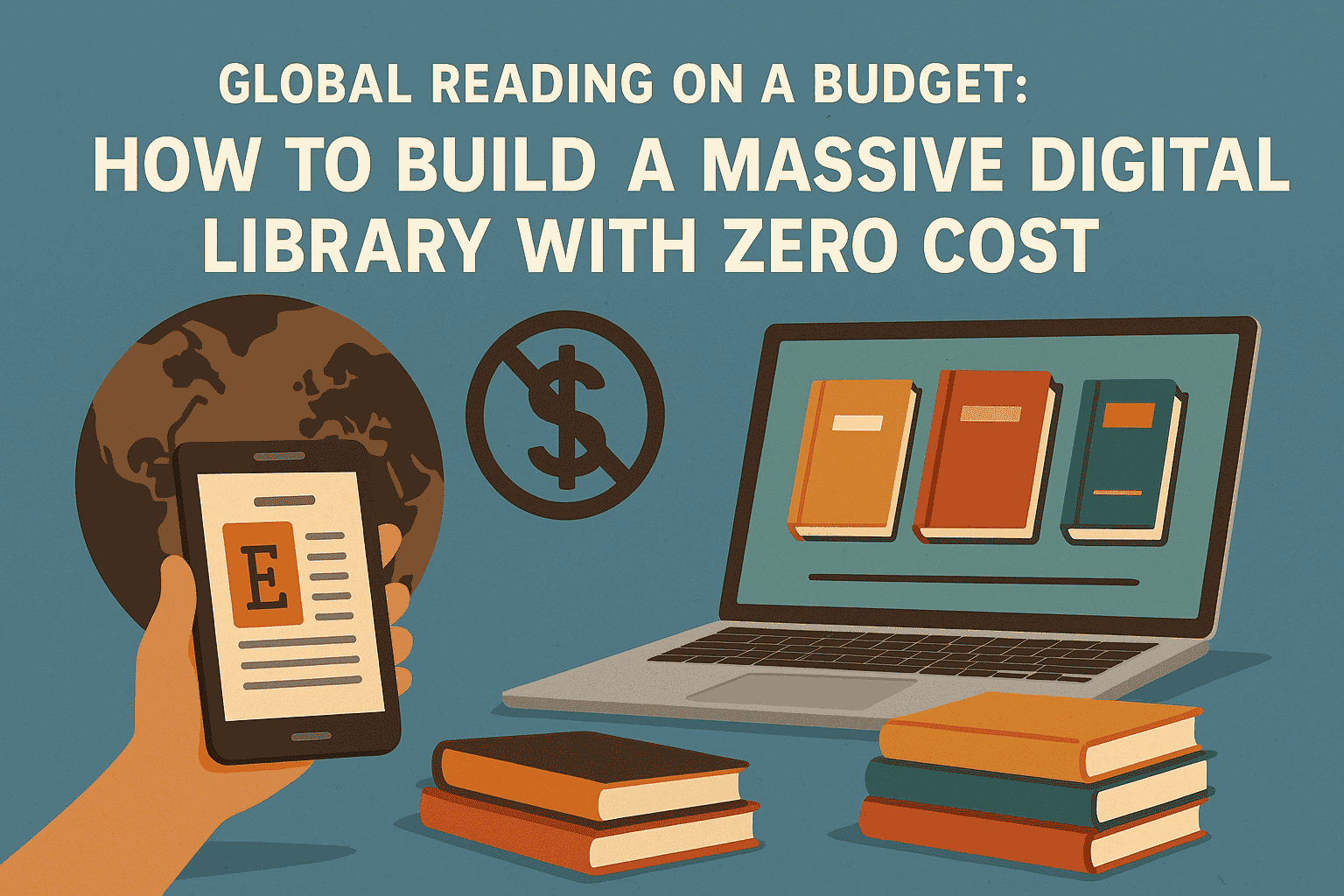The Application of Psychoanalytic Theory to Literary Analysis
If you've ever finished reading a novel and thought, “There’s something going on beneath the surface here…” — congratulations, you were already dipping your toes into the world of literary theory. Among the many ways we can interpret literature, one of the most fascinating is psychoanalytic literary analysis. This approach invites us to read literature like a therapist might observe a dream — searching for hidden desires, repressed fears, and the complex machinery of the human mind.
Welcome to the intersection of literature and psychology.
Psychoanalytic literary theory was born from the work of Sigmund Freud, the father of psychoanalysis. His theories about the unconscious, childhood trauma, desire, repression, and dream analysis didn’t just reshape psychology — they had a profound impact on the way we read stories, poems, and plays.
In this article, we’ll explore how psychoanalytic theory works in literary analysis, what it reveals about characters and authors, and how you can use it to uncover the hidden meanings in your favorite books. We’ll also share personal reflections along the way — because if there’s one thing psychoanalysis teaches us, it’s that reading is always, somehow, personal.
What Is Psychoanalytic Literary Criticism?
At its core, psychoanalytic literary criticism is the act of reading literature through the lens of Freudian psychology (and later developments by thinkers like Carl Jung, Jacques Lacan, and others). It views literature as a symbolic expression of unconscious drives — those deep, hidden parts of ourselves we don’t always understand or acknowledge.
In other words, characters in a novel aren’t just people — they’re often extensions of hidden desires, fears, or unresolved conflicts. The plot can mirror psychological development or internal struggle. A story can function like a dream: full of symbols, repressed content, and clues to the subconscious.
Psychoanalytic critics ask questions like:
-
What unconscious desires motivate this character?
-
Are there Oedipal dynamics at play?
-
How does repression shape the narrative?
-
What does this story reveal about the author’s own psychological state?
-
How does the reader’s own psyche influence the interpretation of the text?
Let’s take a deeper dive into the key concepts.
Key Psychoanalytic Concepts in Literary Analysis
1. The Unconscious Mind
According to Freud, much of our mental life happens outside our awareness. Characters may say or do things that don’t align with their conscious intentions — a clue that deeper forces are at play. For example, in Hamlet, the prince’s indecisiveness may stem from unconscious guilt and repressed desires, rather than mere hesitation.
2. Repression
Repression occurs when uncomfortable thoughts or memories are pushed out of conscious awareness. These repressed elements often return in disguised forms — in dreams, slips of the tongue, or, in literature, symbolism and metaphor.
3. The Oedipus Complex
One of Freud’s most famous (and controversial) ideas is that young boys experience unconscious desire for their mothers and rivalry with their fathers. This dynamic is explored in texts like Oedipus Rex, Hamlet, and even Sons and Lovers by D.H. Lawrence.
4. Defense Mechanisms
Characters often display defense mechanisms — denial, projection, displacement, etc. — which can reveal hidden fears or desires. A character who lashes out at others might be projecting inner conflict onto external figures.
5. Dream Analysis and Symbolism
Freud believed that dreams were the “royal road to the unconscious.” In literature, dreams, fantasies, or surreal moments often hold symbolic meaning and offer insight into a character’s psyche.
6. The Id, Ego, and Superego
Freud divided the mind into three parts: the impulsive id, the rational ego, and the moralistic superego. Conflict among these parts can play out in literature, with different characters or internal monologues representing these competing forces.
Classic Examples in Literature
Let’s look at a few well-known works and how psychoanalytic theory brings new insights:
Franz Kafka’s The Metamorphosis
When Gregor Samsa wakes up as a bug, psychoanalytic critics see a literal transformation that symbolizes repressed guilt, self-hatred, and alienation. His family’s disgust mirrors his own inner self-loathing. The insect becomes a powerful metaphor for internal suffering.
Charlotte Perkins Gilman’s The Yellow Wallpaper
This short story, told through journal entries, is often analyzed through the lens of repression and madness. The narrator’s descent into hallucination — seeing a woman trapped behind the wallpaper — symbolizes her own entrapment in patriarchal society and the repression of her identity.
Mary Shelley’s Frankenstein
The creature is often interpreted as a projection of Victor Frankenstein’s unconscious — his fears, guilt, and rejection of his own creations. The monster’s rage can be seen as Victor’s repressed emotions made flesh.
William Shakespeare’s Hamlet
A psychoanalytic goldmine, Hamlet reveals a protagonist tormented by unconscious guilt, repressed desires (including Oedipal implications), and internal conflict between action and inaction. Freud himself famously analyzed the play.
Personal Reflection: Reading with New Eyes
I still remember reading Wuthering Heights for the second time in college. The first time, I saw it as a tragic love story. The second time — after learning about psychoanalytic theory — I saw it in an entirely different light.
Heathcliff wasn’t just brooding; he was emotionally stunted, haunted by childhood trauma, and driven by a compulsive desire for control. Catherine’s conflicting emotions pointed to repressed feelings and internalized social pressures. Suddenly, the wild moors weren’t just a backdrop — they became a symbol of chaos and unrestrained emotion.
That experience taught me that literary meaning isn’t fixed. The more tools you bring to a book, the deeper it becomes.
Carl Jung and the Collective Unconscious
While Freud focused on individual psychology, his former student Carl Jung introduced the idea of a collective unconscious — shared symbols and archetypes that recur across cultures.
According to Jung, certain character types (the Hero, the Shadow, the Anima, the Wise Old Man) appear again and again because they reflect fundamental human experiences. Jungian analysis looks for these patterns in literature.
For example, in Harry Potter, Harry embodies the Hero archetype, Dumbledore the Wise Old Man, and Voldemort the Shadow — the dark side of the self. These aren’t just characters; they’re psychological forces at play.
Jungian criticism also explores the process of individuation — the journey toward wholeness. Many novels, especially coming-of-age stories, can be read as psychological journeys of self-discovery.
Jacques Lacan: Language and Desire
Another influential figure in psychoanalytic criticism is Jacques Lacan, who famously said, “The unconscious is structured like a language.”
Lacan shifted focus from biology to language, arguing that our sense of self is shaped by language, culture, and the symbolic order. He emphasized how desire is never truly satisfied because it is always shaped by what we lack — a concept he called “lack” or manque.
Lacanian readings often explore how language in a text reflects divided identity, fractured selfhood, and unfulfilled desire.
If that sounds abstract, think of it this way: when a character seems torn between wanting something and not knowing what it is — when their speech is fragmented or contradictory — Lacanian analysis helps make sense of that chaos.
Reading as a Mirror
One of the most powerful things about psychoanalytic literary criticism is how it turns reading into a kind of self-reflection. You’re not just analyzing the characters — you’re also becoming aware of your own reactions to them.
Why do you feel uncomfortable in certain scenes? Why do some characters make you angry or sympathetic? Sometimes, the text stirs something in your unconscious that you didn’t even know was there.
Books, in this way, become mirrors. And psychoanalysis gives us the language to talk about what we see reflected back at us.
Modern Applications
In today’s literary landscape, psychoanalytic criticism continues to thrive — though often in dialogue with other approaches like feminist, postcolonial, and queer theory. These frameworks intersect and overlap, showing how gender, race, sexuality, and psychology work together in storytelling.
And in a world increasingly interested in mental health, trauma, and emotional intelligence, psychoanalytic readings feel more relevant than ever.
Even in pop culture — from TV shows like Breaking Bad to films like Black Swan — audiences are drawn to stories that explore the inner psyche. We crave narratives that help us make sense of the contradictions within us.
Final Thoughts
The beauty of psychoanalytic literary criticism lies in its depth. It teaches us that stories are never just stories — they are dreams, confessions, fantasies, and fears. They are shaped by the unconscious of the author, the psychology of the characters, and the emotional life of the reader.
If you’ve never tried reading literature through a psychoanalytic lens, give it a shot. Pick up a novel, start asking questions about hidden motivations and symbolic meanings, and watch how the story unfolds in new and unexpected ways.
And remember — on platforms like Junkybook, there’s always room for deep, introspective literary discussions. Whether you’re exploring Freud’s dark corners, Jung’s archetypes, or Lacan’s mirror stage, literature becomes not just a window into others, but a window into yourself.
Happy analyzing — and don’t be afraid to go deep. After all, as Freud might say, sometimes a book is more than just a book.








